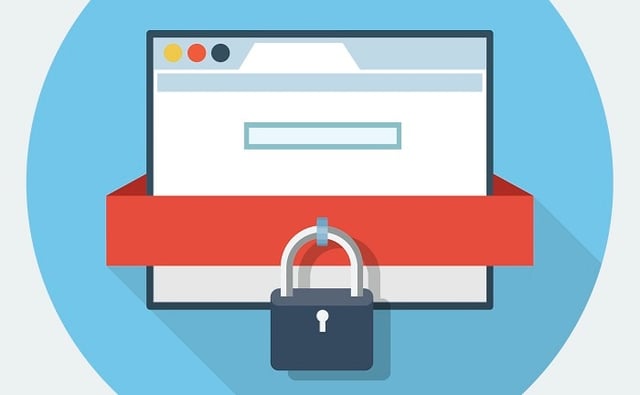How to Audit Your Cybersecurity Plans in 4 Simple Steps
 As companies of all kinds rely more and more on digital information and network-enabled devices, cybersecurity will only continue to grow in importance. Consider the fact that nearly a quarter of business-disrupting events are related to cybersecurity incidents in a given year, according to a study by the Business Continuity Institute. Now think about your own organization: How would the business perform if it were hit by a cyber attack tomorrow?
As companies of all kinds rely more and more on digital information and network-enabled devices, cybersecurity will only continue to grow in importance. Consider the fact that nearly a quarter of business-disrupting events are related to cybersecurity incidents in a given year, according to a study by the Business Continuity Institute. Now think about your own organization: How would the business perform if it were hit by a cyber attack tomorrow?
Because cyber threats evolve at breakneck speed, it’s important to continually ensure that your cybersecurity measures are effective and up to date—because for most organizations, it’s only a matter of time before they encounter some form of cyber breach. Slow or inadequate response can hurt the company’s reputation, as well as the bottom line.
It’s not enough to have plans in place; they need to be audited regularly. When was the last time your team updated the business’s cybersecurity plans? Are the documents current, and do they still meet the needs of each department?
If you’re unsure, now is the ideal time for a cybersecurity audit. Although it’s beneficial to conduct more in-depth audits from time to time, a brief internal audit can help you ensure that your cybersecurity plans are up to date and functioning as they should. Here are four quick steps to get you started:
1. Review all plans.
First, conduct a document-based review of the plans. Consider if their policies and procedures are still up to date, complete, and relevant. Ensure that every piece of each plan fits a purpose and that all roles and responsibilities are clearly defined.
2. Reassess your risks.
Identify any new threats to the organization’s cyber assets that may have emerged since your team developed the cybersecurity plans. For example, additional vulnerabilities can crop up when the company adds third-party data storage, as employees leave or join the company, or if the business incorporates new hardware, software, and servers. If you discover new risks or identify additional assets, be sure to account for them in your planning documents.
3. Consider applicable security standards.
After reviewing each plan, consider whether or not it still meets all applicable classification and security standards. Does it account for the organization’s own policies, as well as any regulatory requirements and industry best practices? This is your chance to compare the current state of your plans to their ideal versions.
4. Assess whether or not the plans are truly actionable.
Finally, consider how employees would actually use the plans during an emergency situation—say, if they discovered a major data breach. Would the people who discovered the breach know what to do? Where would they go to find additional information? Whom would they contact, and how long would it take to start rectifying the situation?
Cybersecurity incidents move quickly, and as breaches become increasingly common, your organization needs to ensure employees know what to do in an emergency, as well as during normal operating hours. Digitizing your cybersecurity plans using a crisis management platform is one way to allow stakeholders to access the appropriate plan details quickly and easily, using their mobile devices. This ensures that the plans are always actionable, regardless of when or where employees need them.
Regular internal audits of your cybersecurity plans will help your organization ensure it’s ready for two things: a cybersecurity breach and any potential external audits you may be subject to. cybersecurity is vital to business continuity and crisis management, so you want to make sure that this is one area of the business that is meeting expectations.










